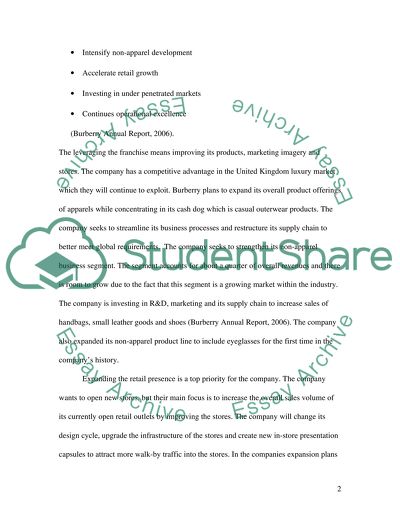Cite this document
(Burberry and Debenhams - the Companies in the Apparel Industry Case Study, n.d.)
Burberry and Debenhams - the Companies in the Apparel Industry Case Study. Retrieved from https://studentshare.org/finance-accounting/1541685-financial-reporting-for-users
Burberry and Debenhams - the Companies in the Apparel Industry Case Study. Retrieved from https://studentshare.org/finance-accounting/1541685-financial-reporting-for-users
(Burberry and Debenhams - the Companies in the Apparel Industry Case Study)
Burberry and Debenhams - the Companies in the Apparel Industry Case Study. https://studentshare.org/finance-accounting/1541685-financial-reporting-for-users.
Burberry and Debenhams - the Companies in the Apparel Industry Case Study. https://studentshare.org/finance-accounting/1541685-financial-reporting-for-users.
“Burberry and Debenhams - the Companies in the Apparel Industry Case Study”, n.d. https://studentshare.org/finance-accounting/1541685-financial-reporting-for-users.


